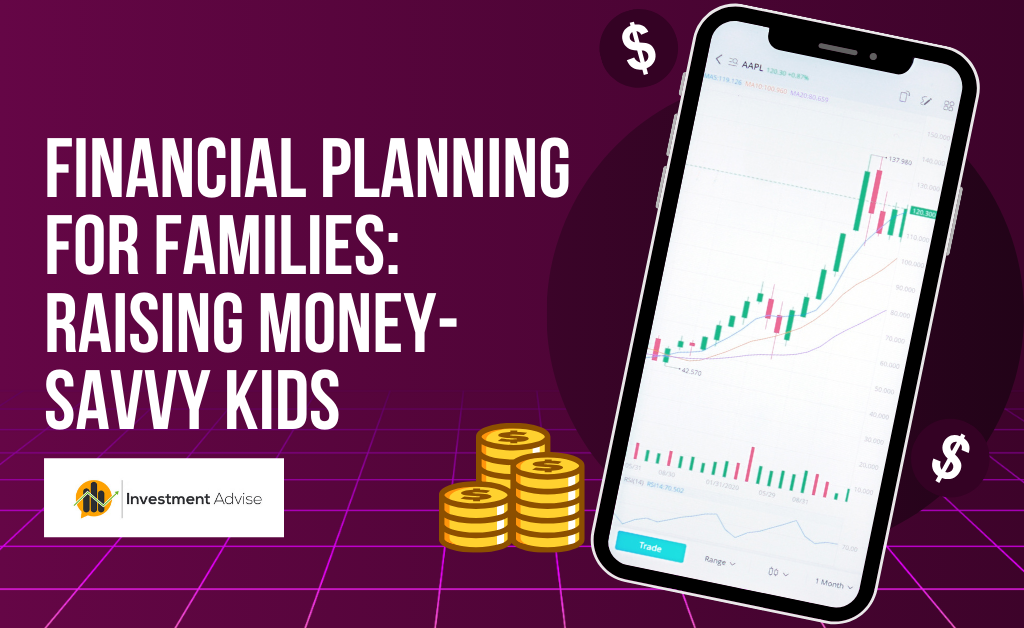Life is unpredictable. One moment you’re cruising along, and the next, a curveball is thrown your way. A sudden job loss, a medical emergency, or a natural disaster can disrupt even the most carefully laid financial plans. This is where an emergency fund becomes your lifeline. It’s that financial cushion that protects you from falling hard when the unexpected strikes.
What is an Emergency Fund?
An emergency fund is a dedicated pool of money set aside to cover unexpected expenses. It’s your financial safety net, shielding you from the stress and anxiety of financial hardship. The goal is to accumulate enough savings to cover your essential living expenses for three to six months.
Why is it Important?
- Peace of Mind: Knowing you have a financial cushion can significantly reduce stress and anxiety during tough times.
- Avoiding Debt: When faced with unexpected expenses, you can rely on your emergency fund instead of resorting to high-interest credit cards or loans.
- Financial Stability: An emergency fund helps maintain financial stability and prevents you from depleting your regular savings.
How Much Should You Save?
The general rule of thumb is to save three to six months’ worth of living expenses. However, the ideal amount depends on your individual circumstances. Factors to consider include:
- Job security: If you work in a stable industry with low risk of job loss, you might be able to get away with a smaller emergency fund.
- Dependents: If you have children or other dependents, you’ll likely need a larger emergency fund.
- Debt: If you have high-interest debt, you might want to prioritize paying it off before building a substantial emergency fund.
Tips for Building Your Emergency Fund
- Start Small: Even if you can only save a small amount each month, it’s a start. Every dollar counts.
- Automate Savings: Set up automatic transfers from your checking account to your savings account. This makes saving effortless.
- Find Extra Income: Consider side hustles or part-time jobs to boost your savings.
- Cut Back on Expenses: Identify areas where you can reduce spending, such as dining out, entertainment, or subscriptions.
- Prioritize Savings: Treat saving for your emergency fund as a non-negotiable expense.
Where to Keep Your Emergency Fund
Your emergency fund should be easily accessible in case of an emergency. A high-yield savings account is a good option as it offers a competitive interest rate while keeping your money readily available.
Building an emergency fund is a journey, not a destination. It takes time and discipline to reach your goal. But the peace of mind and financial security it provides are well worth the effort. Remember, unexpected events can happen to anyone, so don’t wait until it’s too late. Start building your emergency fund today and protect your financial future.
Additional Tips:
- Review Your Emergency Fund Regularly: Life circumstances change, so it’s essential to reassess your emergency fund periodically.
- Emergency Fund vs. Other Savings Goals: While building an emergency fund is crucial, don’t neglect other financial goals like retirement savings or paying off debt.
- Don’t Dip into Your Emergency Fund Unless Necessary: Use your emergency fund only for true emergencies, not for discretionary spending.
By following these guidelines and staying committed to your savings goals, you can build a strong financial foundation and protect yourself from life’s unexpected challenges.














